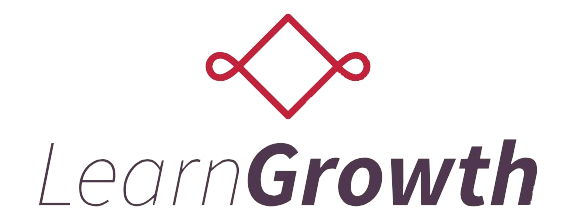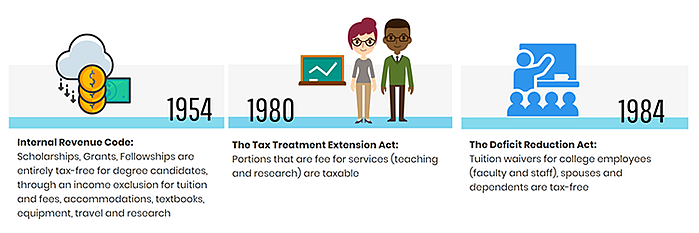Financial Aid Displacement: What Families and Scholarship Providers Should Know
Financial Aid Displacement: What Families and Scholarship Providers Should Know
![]() By Scholarship America
By Scholarship America
Updated May 2023
Students and their families are often surprised to realize some colleges reduce their financial aid packages when the student earns private scholarship dollars—a practice called financial aid displacement or award displacement. Colleges that practice displacement say it helps free up more funds for more students; students and families say it unfairly punishes those making the effort to earn scholarships. Whatever your perspective, it’s a complicated issue without easy answers, and COVID-related upheaval has only added to the confusion.
The most accurate description we’ve seen of displacement is “the Catch-22 of financial aid”—and because it’s so controversial and has a major impact on students and schools, it is increasingly at the forefront of education discussions. Here’s a look at recent developments.
Legislating Against Displacement
In 2017, Maryland became the first state to bar public colleges and universities from practicing displacement. The state legislation passed in response to a two-year-long campaign led by the nonprofit Central Scholarship, who grew frustrated with the number of times “they would award a student money and a university would reduce that student’s financial aid by the same amount.”
According to the Baltimore Sun, the law does “allow reductions when a student’s aid exceeds the cost of college or with permission from a scholarship provider.” These provisions, allowing a very limited form of displacement, are designed to address colleges’ concerns that funds will be directed to students who don’t need them, at the expense of those who do.
In 2021, New Jersey joined Maryland, becoming the second state to ban displacement; Washington followed in March of 2022, when Governor Jay Inslee signed a bill into law that “prevents scholarship displacement for Washington college students who receive state-sponsored financial aid.”
With support from Scholarship America and Dollars for Scholars, legislation preventing displacement has been signed into law in California and Pennsylvania; legislation is currently pending in Arizona, Illinois and Wisconsin as well.
Proactive Scholarship Providers
As legislatures slowly begin to work on displacement issues, some scholarship providers are working to take matters into their own hands. At the forefront of financial aid innovation is The Michael and Susan Dell Foundation, whose Dell Scholars program is managed by Scholarship America. They take unique approaches to scholarship aid that reduce the chance of displacement. (They also committed $100 million to help communities around the world deal with COVID-19.)
Longtime Dell Scholars Program leader Oscar Sweeten-Lopez told the Baltimore Sun “‘[t]he majority of the students that we work with will face some kind of a displacement.’” To ensure that those students—around 3,800 in the program’s 14-year history—get the most out of their awards, the Dell Foundation allows students who face displacement to defer their scholarship money until they graduate. At that point, they can claim the full value of the scholarship and use it to pay off loans.
In the wake of COVID-19, Dell Scholars is working to ensure students don’t lose out due to cancelled or deferred classes—including creative solutions like using 529 college-savings plans, which are not susceptible to displacement in the way scholarship funds are. (For a deep dive on 529 plans and scholarships, check out this detailed Mark Kantrowitz article.)
How Can Families Be Prepared?
There are no real definitive numbers as to how many colleges practice displacement, although one recent survey indicates up to half of private scholarship recipients faced some reduction in institutional financial aid (grants, loans or workstudy.) If you’re facing, or think you may be facing, displacement, this fact sheet from the National Scholarship Providers Association covers many of the potential questions. These are the three to start with:
- Does my college practice either partial or full displacement?
If the answer from the financial aid office is “no,” you’re in the clear. - If displacement is practiced, will the college reduce loans first?
This is the best-case scenario if a school answers “yes” to the first question. If they’re going to reduce any part of the financial aid package, you want it to be the amount of loan aid, not grant aid. (That way, even though you’re losing out on some funds, they’re funds you’d have to pay back after graduation.) - Do I have to use my private scholarship for this year’s tuition?
Financial aid packages differ wildly, and so do private scholarship guidelines and restrictions. As COVID-19 impacts students’ and families’ plans, schools and scholarship providers are tending to be more flexible about deferring aid; if you find yourself facing the possibility of displacement, contact both your school and your scholarship provider to explore your options. It may be possible to defer the funds to a subsequent year when your need may change; it may also be possible to use the funds for books, room and board or other fees not reflected in your aid package.




















